Description
The African Fat Tail Gecko (Hemitheconyx caudicinctus) is a charming and manageable species of gecko native to West Africa. They are closely related to the more common leopard gecko but have some distinct characteristics and care requirements that make them unique.
Characteristics
Physical Appearance
- Coloration: Typically brown and tan with darker brown bands or stripes, and sometimes a white stripe running down the back. There are also various morphs with different color patterns and traits, such as albino, patternless, and white-out.
- Size: Adults range from 7 to 9 inches in length.
- Build: Stout body with a fat tail, which is used to store fat and can indicate the gecko’s health and well-being.
Behavior
- Nocturnal: Active during the night and crepuscular hours (dawn and dusk).
- Diet: Insectivorous, feeding on a variety of insects in the wild. In captivity, they are typically fed crickets, mealworms, and other appropriately sized insects.
- Temperament: Generally docile and easy to handle, making them a popular choice for beginner reptile keepers.
Habitat and Enclosure
Natural Habitat
- Location: Found in the savannas, forests, and semi-arid regions of West Africa, particularly in countries like Ghana, Togo, and Benin.
- Environment: Prefer warm, humid environments with plenty of hiding spots.
Captive Enclosure
- Size: A 10-20 gallon terrarium is sufficient for a single adult, with a larger tank recommended for multiple geckos.
- Substrate: Paper towels, reptile carpet, or eco earth (coconut fiber) are good choices. Avoid loose substrates that can cause impaction.
- Temperature: Maintain a temperature gradient with a warm side of 88-92°F and a cool side of 75-80°F. Nighttime temperatures can drop to 70-75°F.
- Humidity: Moderate humidity levels of 50-70%. Provide a humid hide with moist sphagnum moss or a damp paper towel to aid in shedding.
- Lighting: UVB lighting is not strictly necessary but can be beneficial. Ensure a natural light/dark cycle.
Care and Maintenance
- Diet: Feed a variety of gut-loaded insects such as crickets, mealworms, and dubia roaches. Dust insects with calcium and vitamin D3 supplements to ensure proper nutrition.
- Water: Provide a shallow dish of fresh water at all times. Mist the enclosure occasionally to maintain humidity levels.
- Handling: African Fat Tail Geckos are generally easy to handle and can become quite tame with regular, gentle handling.
- Health: Regular veterinary check-ups are important. Watch for signs of health issues such as lethargy, loss of appetite, or shedding problems.
Breeding
- Breeding Season: Typically occurs during the cooler months.
- Egg Laying: Females lay clutches of 1-2 eggs every 3-4 weeks during the breeding season.
- Incubation: Eggs incubate for about 45-60 days at a temperature of around 80-85°F.
- Care of Young: Hatchlings are about 2-3 inches long and require the same care as adults but with more frequent feedings. Ensure proper humidity and temperature to promote healthy growth.
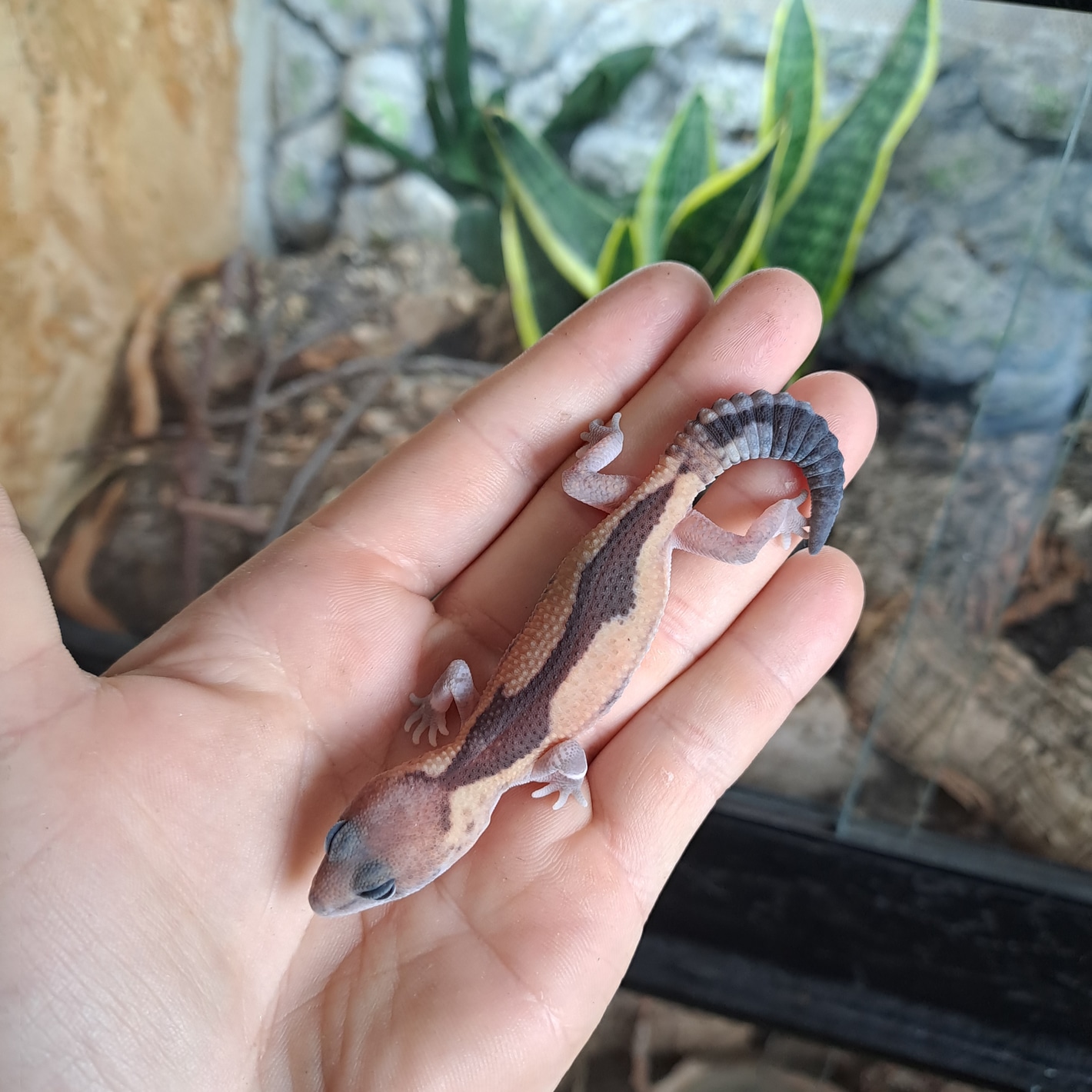

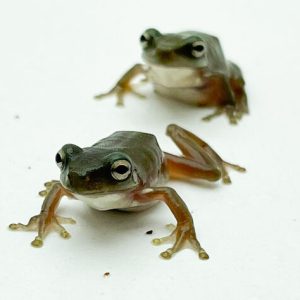

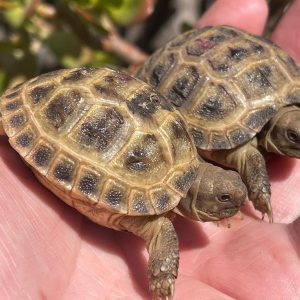
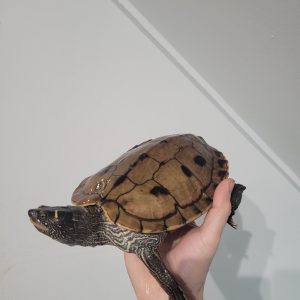
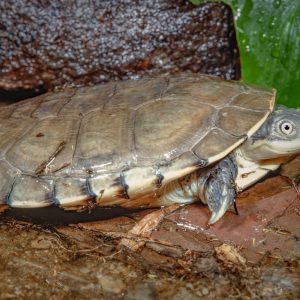
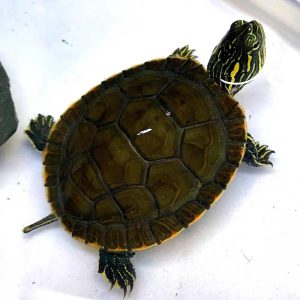
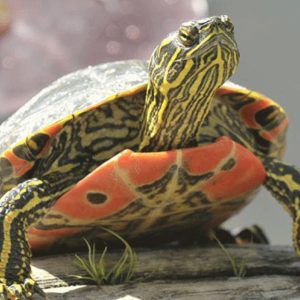
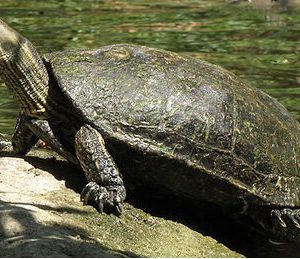
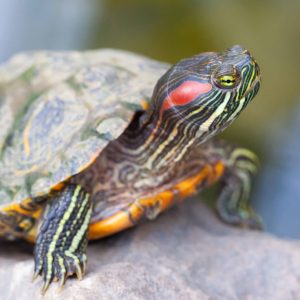

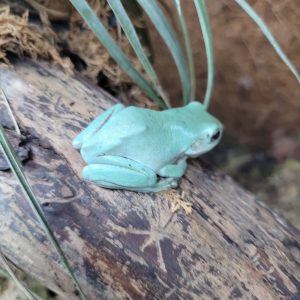
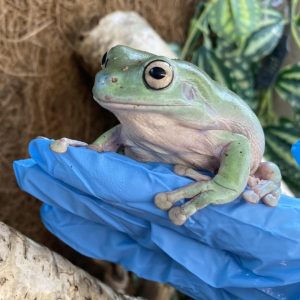

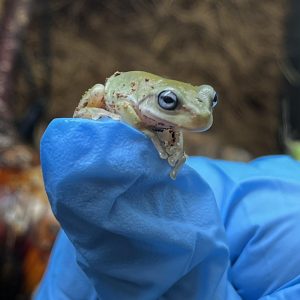
Reviews
There are no reviews yet.